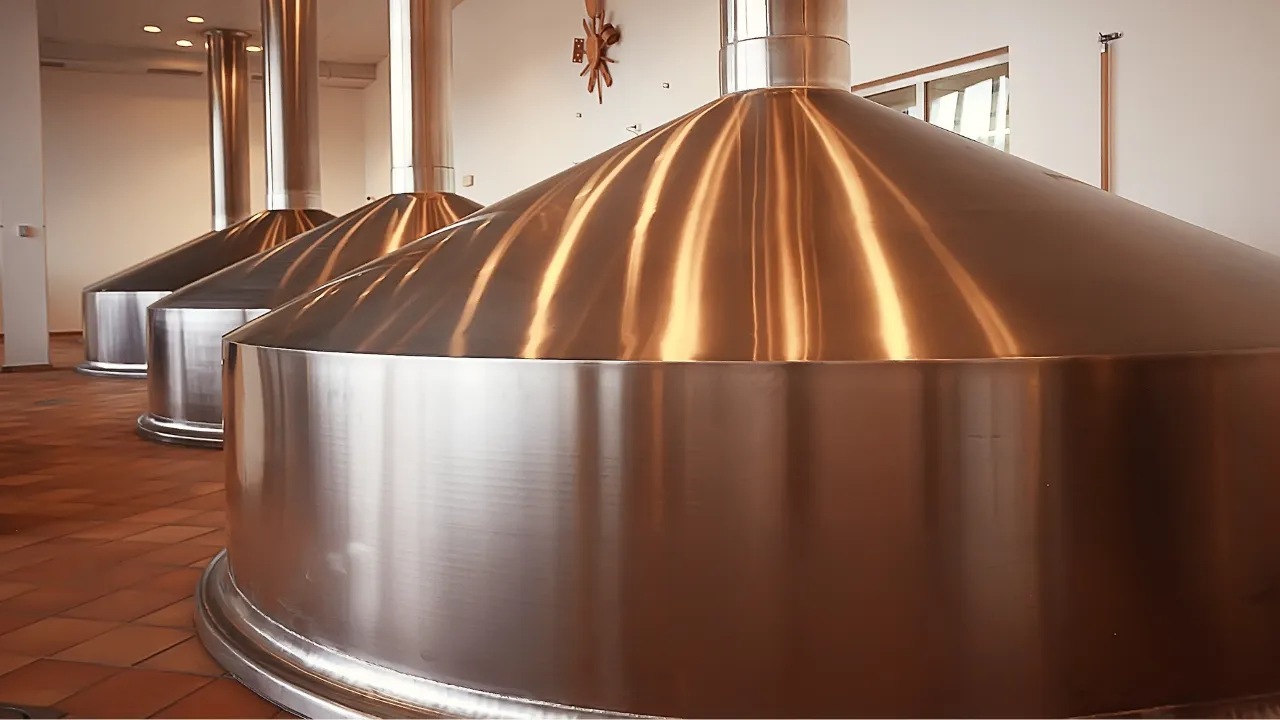
Have you ever stared into the belly of a giant commercial steel tank and wondered how it stays so clean? Let me tell you, there’s more to tank cleaning than meets the eye.
Like cleaning out your garage after years of neglect, maintaining these behemoths is no walk in the park. It demands precision, dedication, and not a small amount of elbow grease.
The difference between well-maintained tanks and those left by the wayside can be staggering – think gleaming chrome versus rusty scrap metal. But fear not! You’re about to embark on an adventure that will turn any tank completely into a shining testament to cleanliness!
I promise this tank cleaning journey won’t just enlighten you with steps for preparing and cleaning; we’ll dive deep into damage inspection, protective coatings application – and even tips on maintaining storage tanks over time. Ready?
What is Commercial Steel Tank Maintenance?
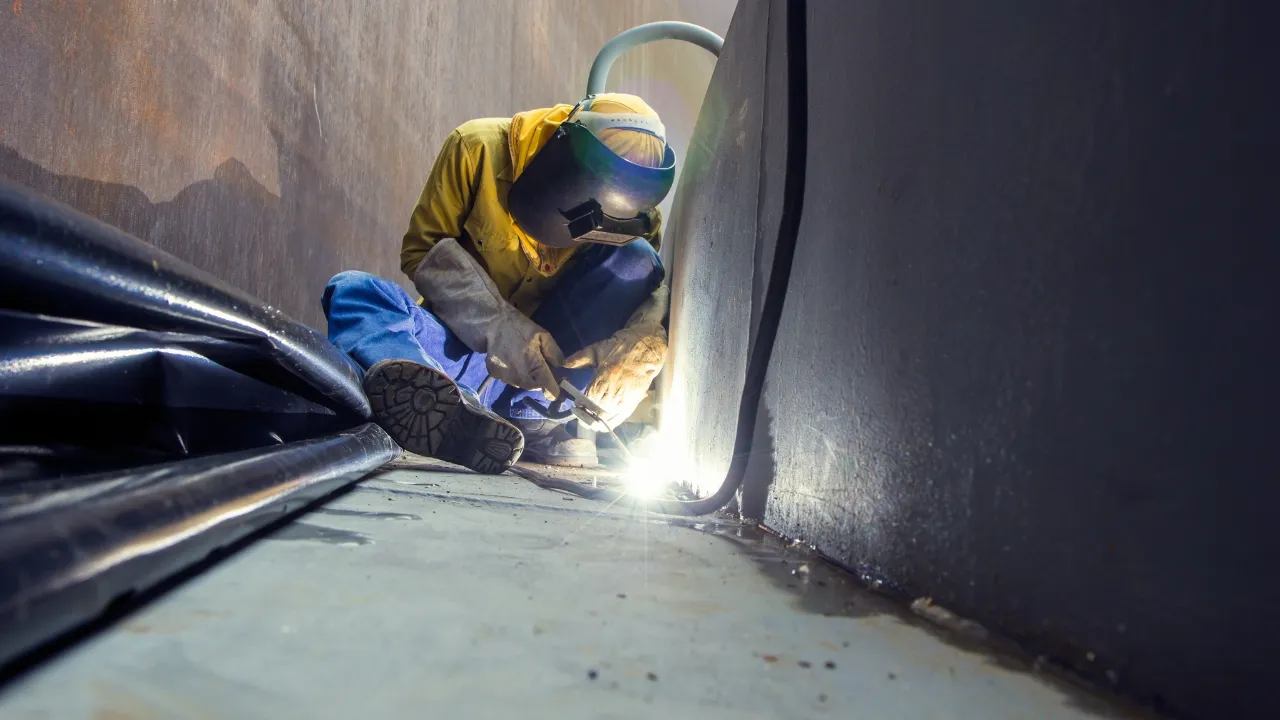
Commercial tank maintenance involves regular checks and procedures to keep storage tanks in optimal condition. It’s like going for a routine doctor check-up but for your stainless steel tank. This tank cleaning process helps prevent corrosion and ensure longer life so that they function at peak efficiency.
Maintenance includes regular cleaning tasks such as removing accumulated dirt or residue in the interior of the tank. Stainless steel tanks store crude oil, clean water, drinking water, and wastewater. Think of it like giving your car a good wash – only on an industrial scale.
Besides tank cleaning, you must regularly inspect these tanks for any signs of damage or deterioration – just as you’d look out for rust spots on your vehicle. If found early enough, these issues can be repaired, saving costs.
Commercial steel tank maintenance ensures that these storage tanks are in pristine condition and functional over time – because nobody likes expensive surprises.
Preparing for Cleaning Stainless Steel Tanks
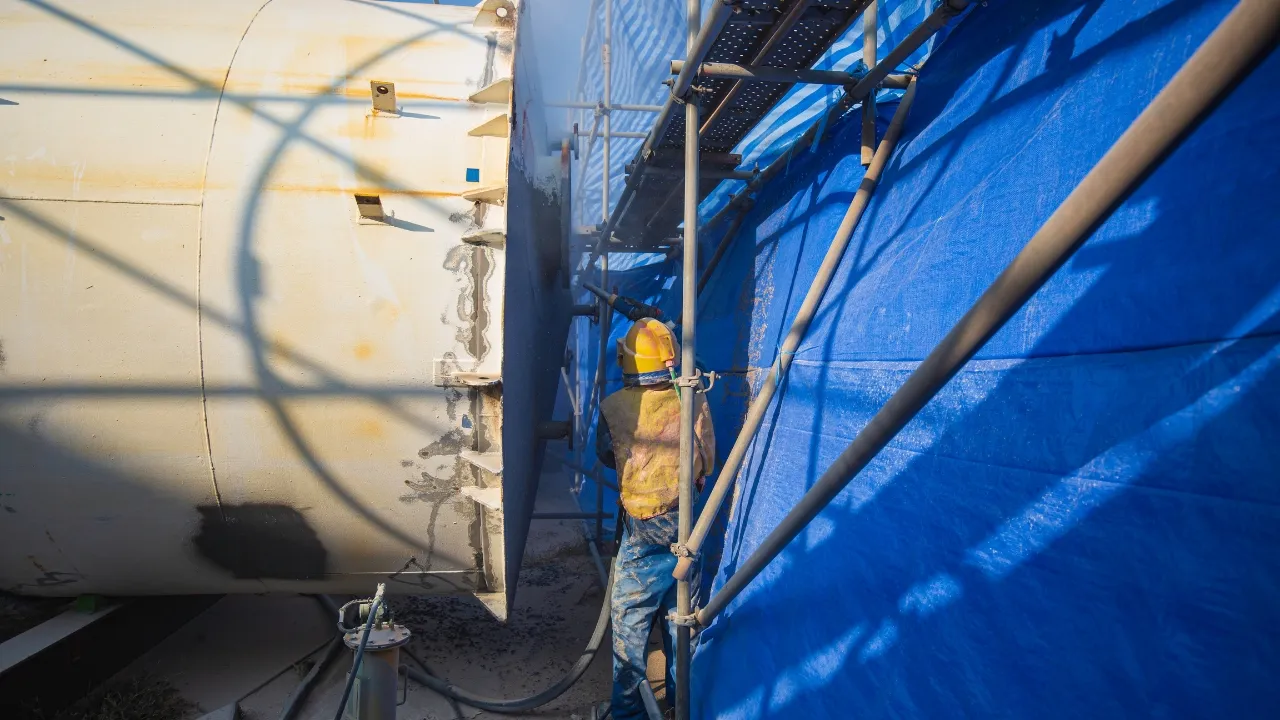
The first step to maintaining your commercial stainless tank is getting ready for the cleaning process. Prioritize safety from contamination by ensuring the right PPE is available, such as gloves, goggles, and maybe even a respirator if strong solutions are used. This often includes gloves, safety glasses, and potentially a respirator if you’re using harsh contaminants. And make sure there is good ventilation.
Gathering the right materials is also crucial. For example, you may need brushes of varying sizes or a power washer to reach every corner effectively, depending on your tank’s size and condition.
Finally, choose a proper cleaning solution that can handle grease or other substances inside the tank without damaging the materials around it. You want something strong enough to clean thoroughly but gentle enough not to harm your tank’s material.
Cleaning Process for Stainless Steel Water Tanks
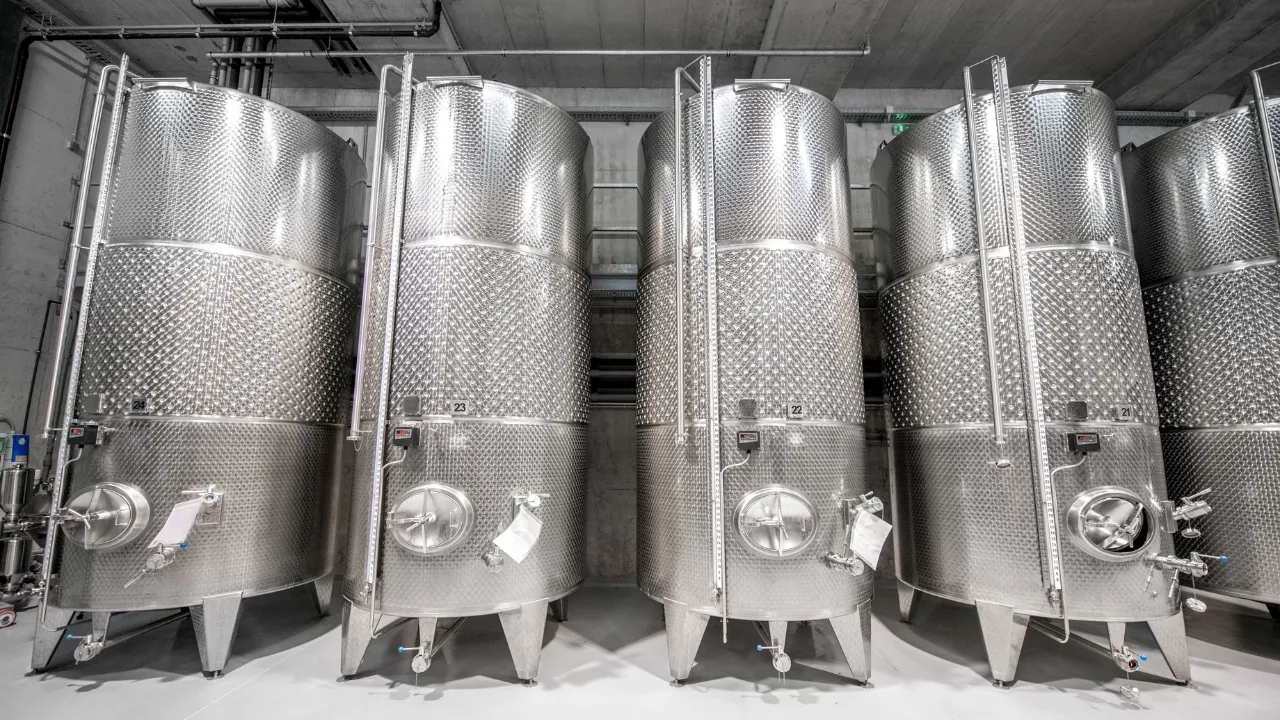
Commercial tanks need a thorough cleaning to function at their best. First, drain the water supply from the tank and air dry it thoroughly to ensure no residue is left inside.
The next step is a detailed scrubbing using EPA-approved industrial cleaners. These potent chemicals help remove stubborn grime, harmful bacteria, and debris that can affect your tank’s performance.
However, physical effort alone is not enough. Specialized tools like high-pressure water jets give a deep clean, reaching into corners where mops might miss.
Now, let the storage tank dry out fully before you fill it. This prevents any chance of chemical reactions with bacteria, remaining moisture, or cleaner residues. So remember: Drain, Scrub, Rinse, and Dry – this four-step process will keep your commercial tanks in top shape.
Inspecting for Damage

Paying special attention to your commercial steel tank is the best course. Any damage or deterioration can lead to significant problems if left unattended.
Start by examining the exterior of the tank. Be on the lookout for specific areas of corrosion, breaks, or discoloration that could indicate a problem. It might warn that something’s wrong – look for rust, cracks, or discoloration.
Moving on to the tank’s interior, you need special tools like boroscopes and ultrasonic thickness gauges like these. They let you inspect hard-to-reach areas and measure material thickness, respectively.
If there’s damage found during a regular inspection here, don’t panic. We’ve got a guide here on how to fix damaged tanks.
Applying Protective Coatings

A protective coating is like a knight’s armor for your water tanks. It helps fight off the relentless attacks from decay and other damage.
The right coating can make all the difference, so it’s essential to pick wisely. No single coating is suitable for all types of protection; some are better suited to specific hazards than others.
Extreme Industrial Coatings offers an array of choices tailored to specific needs. From epoxy coatings known for their durability and corrosion resistance to polyurethane variants prized for flexibility under extreme temperatures, each has unique benefits.
To ensure the longevity of your storage tank, remember that applying a fresh coat every few years is crucial. This isn’t just painting walls—it’s about safeguarding your investment.
Maintaining Stainless Steel Water Tank Cleanliness
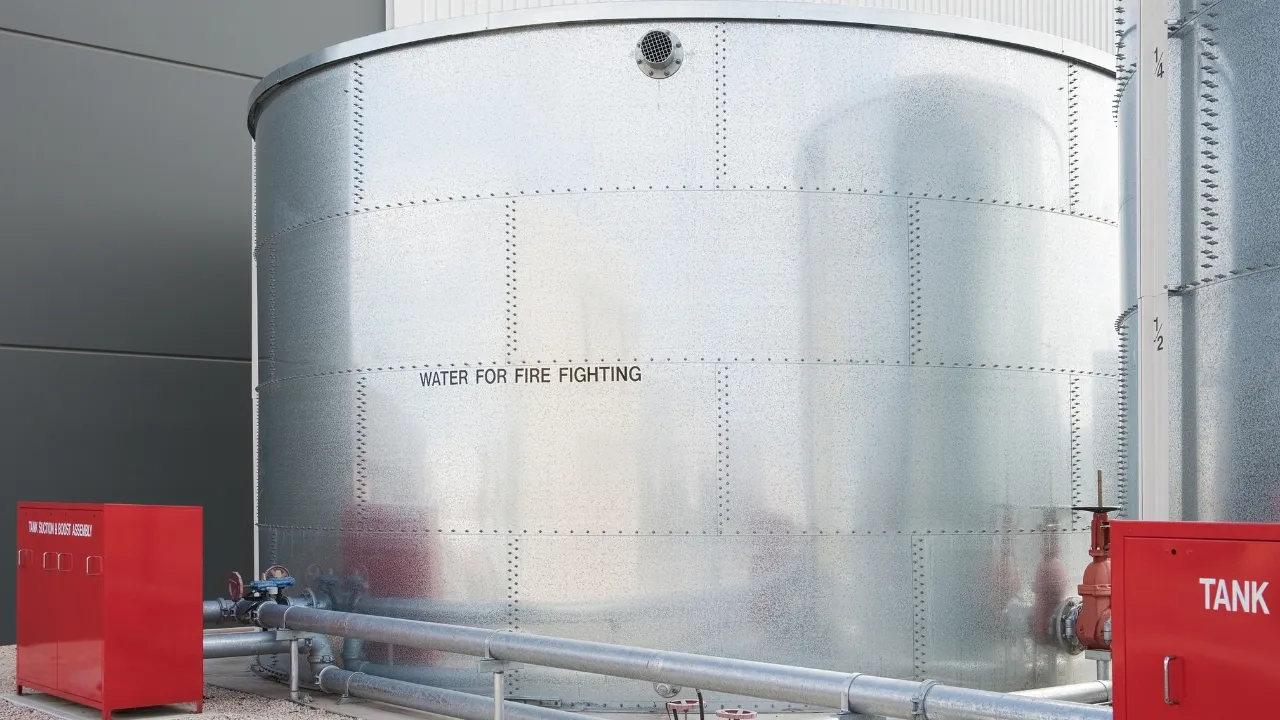
Keeping commercial tanks clean isn’t just about aesthetics. It’s vital for performance and safety, too. Regular checks for leaks or blockages can help prevent issues before they start.
Tank cleaning should be done with non-abrasive tools to avoid scratching the tank surface, which could lead to deterioration. Mild detergent solutions are typically used because they’re effective without being harsh on the material.
Drainage is also important in maintaining cleanliness. Ensure your storage tank has a clear path for liquid exit, reducing residue build-up of sediment and debris that might cause damage over time.
Benefits of Proper Maintenance
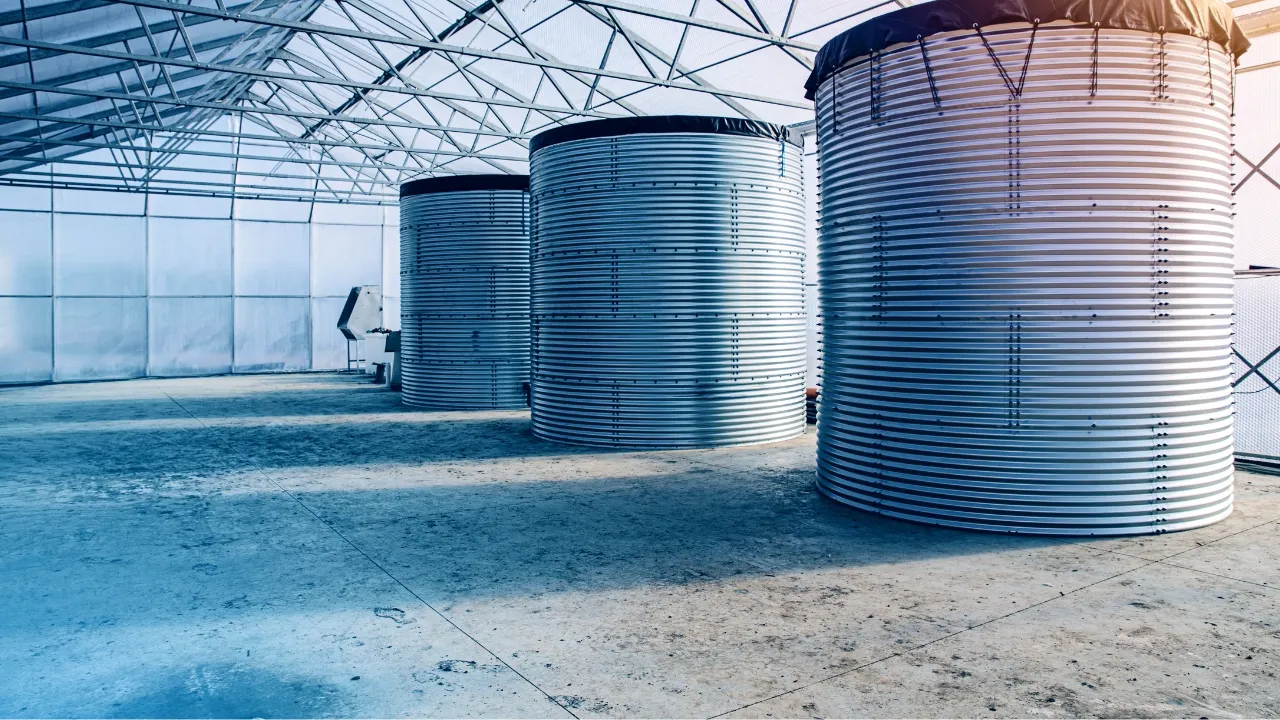
Maintaining your commercial steel tanks properly provides many advantages. Not only does it help extend their lifespan, but it also saves you from costly repairs in the future.
Think about it like this: Your tank is like a car engine – neglect its maintenance and watch as problems pile up over time. Regular maintenance will keep your tank running smoothly for years.
A study by NACE International shows that proactive maintenance can prevent nearly 40% of corrosion costs. That’s huge savings.
This whole system doesn’t just save money and means less downtime due to unexpected issues, keeping your operations running smoothly.
FAQs
Conclusion
Maintaining commercial steel tanks isn’t rocket science, but it needs some know-how. Let’s journey and explore the process of maintaining commercial steel tanks from start to finish.
Preparation is key in this game; we can’t just dive into cleaning without having all our ducks in a row.
The actual scrub-down requires specific mixing tools and solutions, but transforming grimy tanks becomes second nature once you’re equipped.
And let’s not forget about inspecting surfaces for damage or applying protective coatings – they’re your armor against corrosion! A clean tank today means fewer problems tomorrow.
Remember that maintaining cleanliness over an appropriate amount of time takes regular check-ups, too. Don’t rest on your laurels after one successful cleanup; stay vigilant!
You now have all the secrets of proper maintenance and cleaning of a commercial storage tank. It’s time to roll up those sleeves and get started!
Contact Extreme Industrial Coatings today for all your commercial steel tank needs and 20+ other commercial construction services across California.


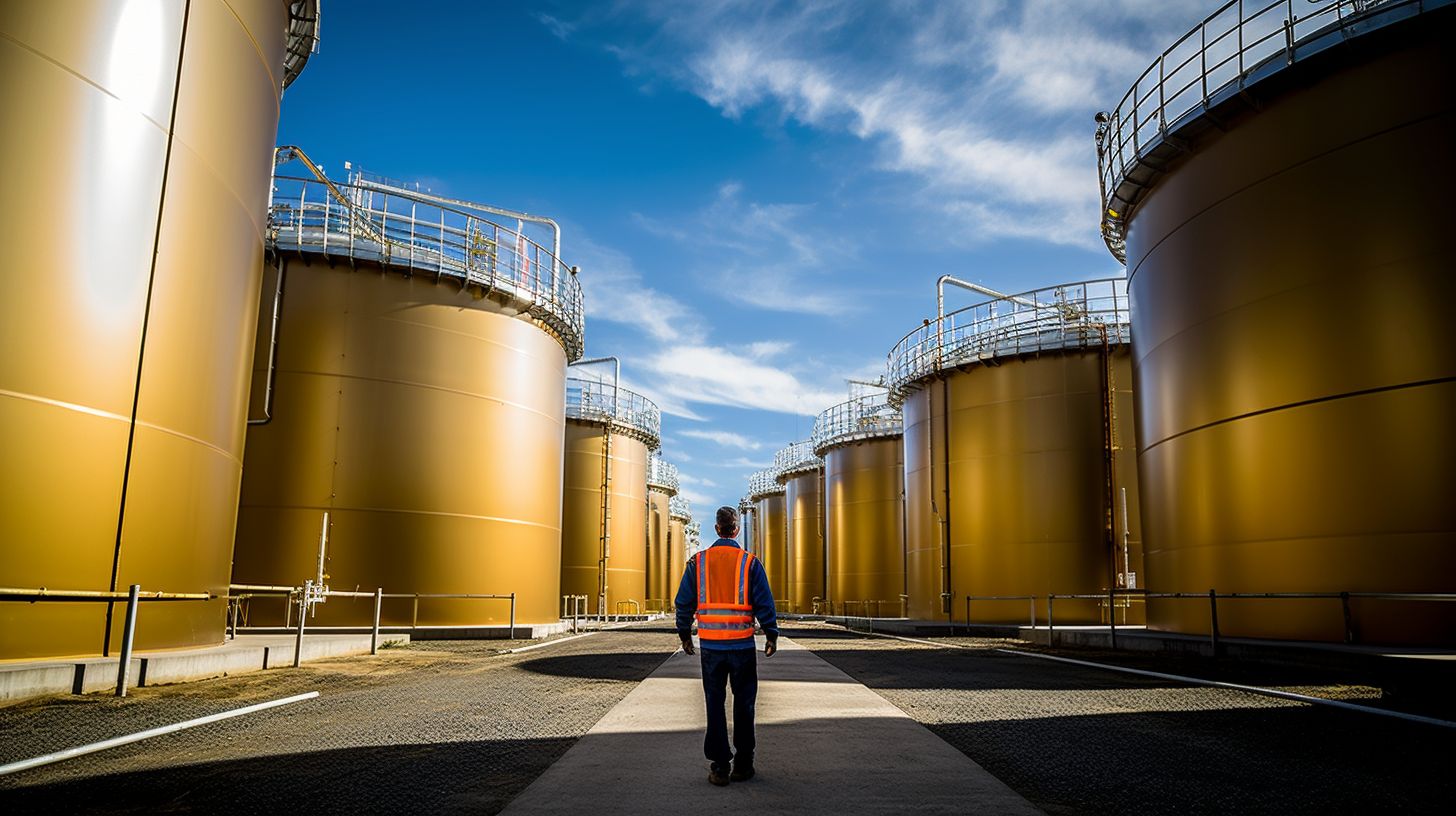
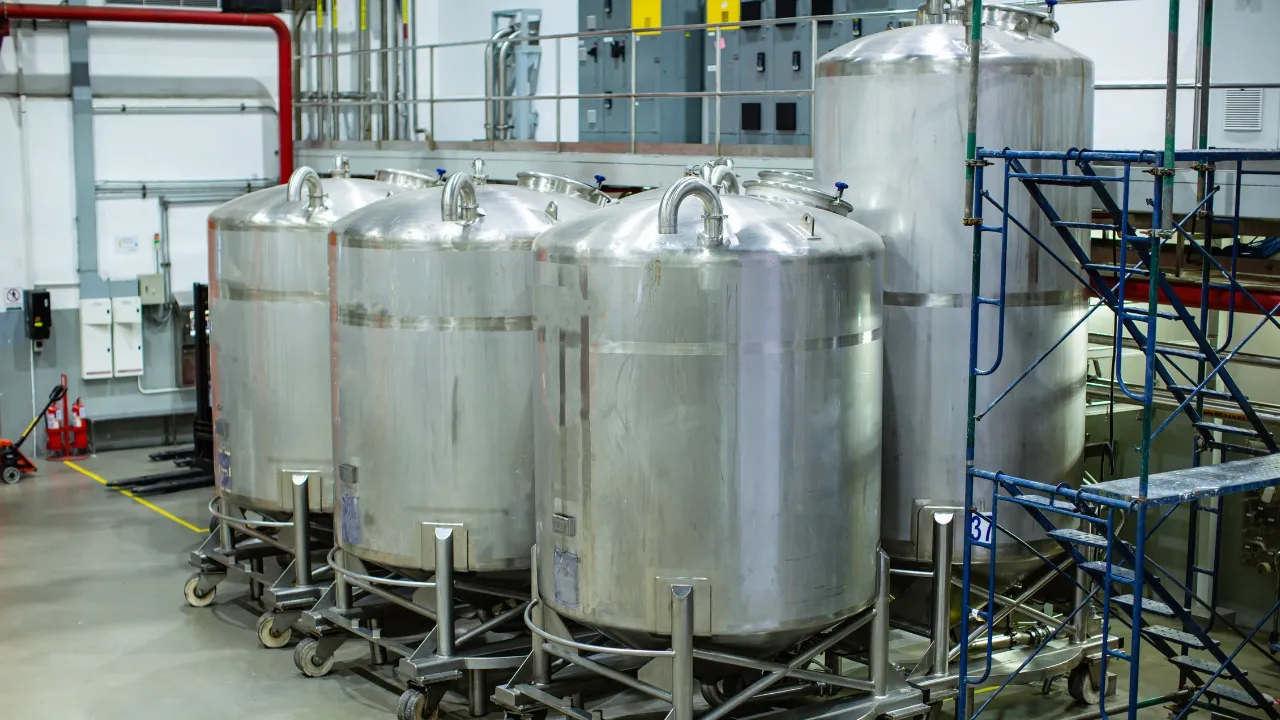
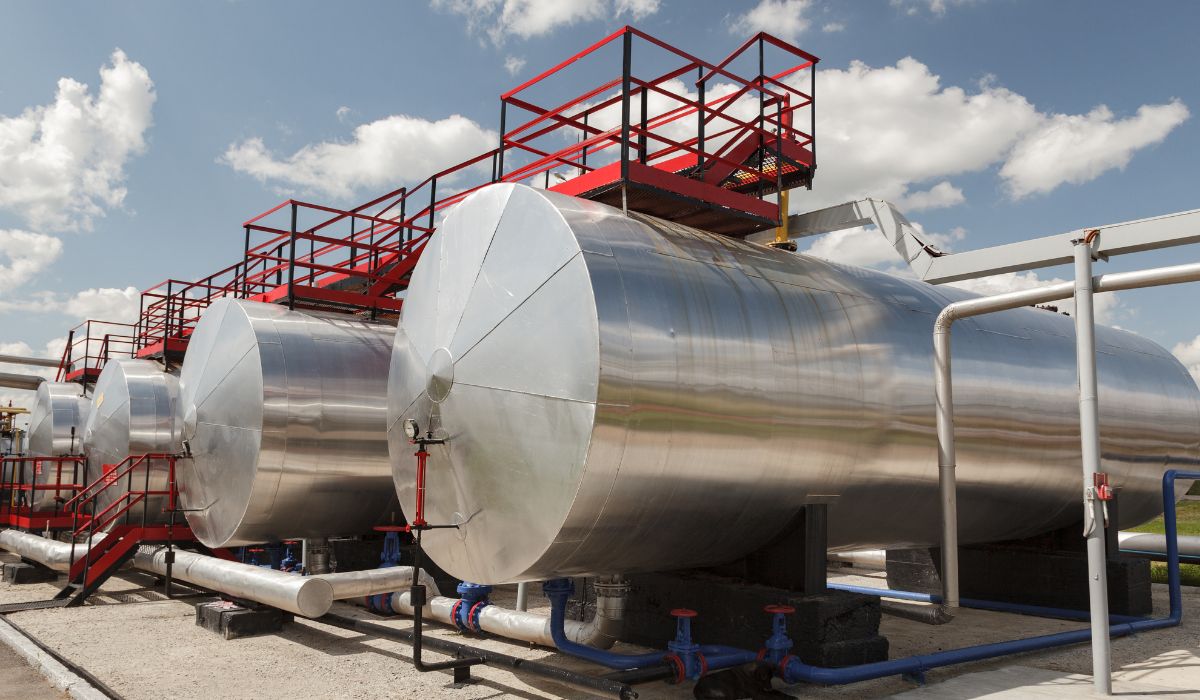


Leave A Comment